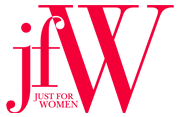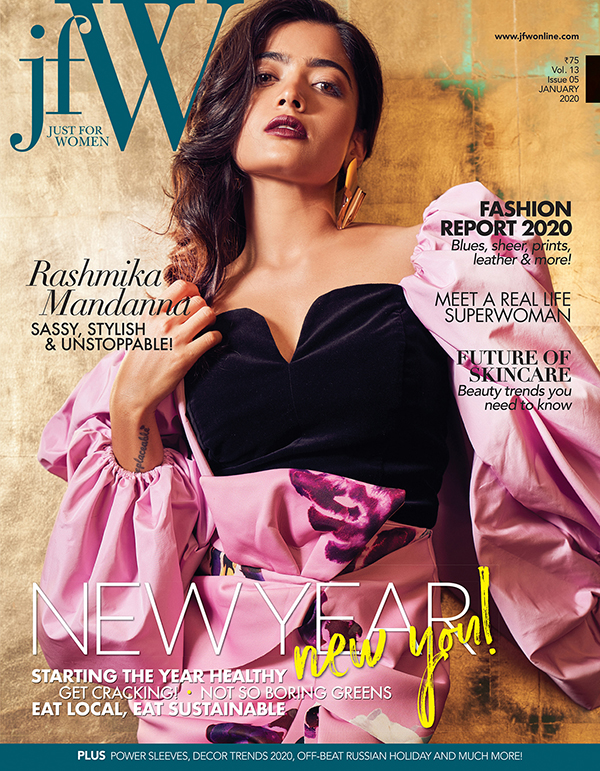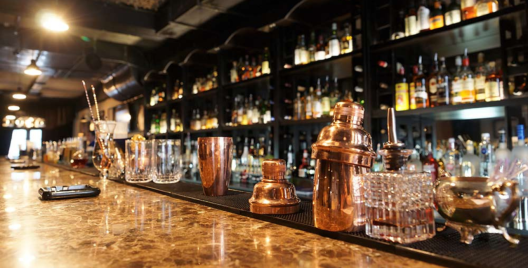Jain Basadis of Varanga, Karkala & Moodabidri
While stopping in Udupi on a coastal Karnataka road trip, a local informed me about a Jain temple circuit around the city. His description of the temples, called basadis, caught my attention and off I was on yet another journey of discovery. The drive from Udupi to Varanga was gorgeous, with forests on either side of the road, made even more beautiful by rains that preceded my drive.
Varanga, an idyllic village about 50 kms from Udupi is surrounded by lush green vegetation and is home to thousand year old Jain temples, including the Kere Basadi (Lake temple), the Neminatha Basadi and the Chandranatha Basadi.
Kere Basadi (Lake Temple)

‘Wow’ is probably the first word you will utter when you see the Kere basadi (Lake Temple) of Varanga standing beautifully amidst a serene lake full of water-lilies. In fact, it looks like a lotus in the middle of the lake. The only way to approach this basadi with over 850 years of history is by a small wooden boat. The boat ride itself is quaint; look out for turtles and water snakes! Once you get to the temple, take some time to immerse yourself in the peace and quiet of this charming place. Dedicated to Lord Parshwanatha, the basadi is a Chaturmukha, that is, it has four entrances in four directions. It houses the idols of Lord Parshwanatha, Lord Shanthinatha, Lord Ananthanatha and Lord Neminatha facing four different directions. Even after so many centuries, active worship still takes place in this ancient basadi; it is believed that performing rituals here brings good luck and prosperity.
Neminatha Basadi
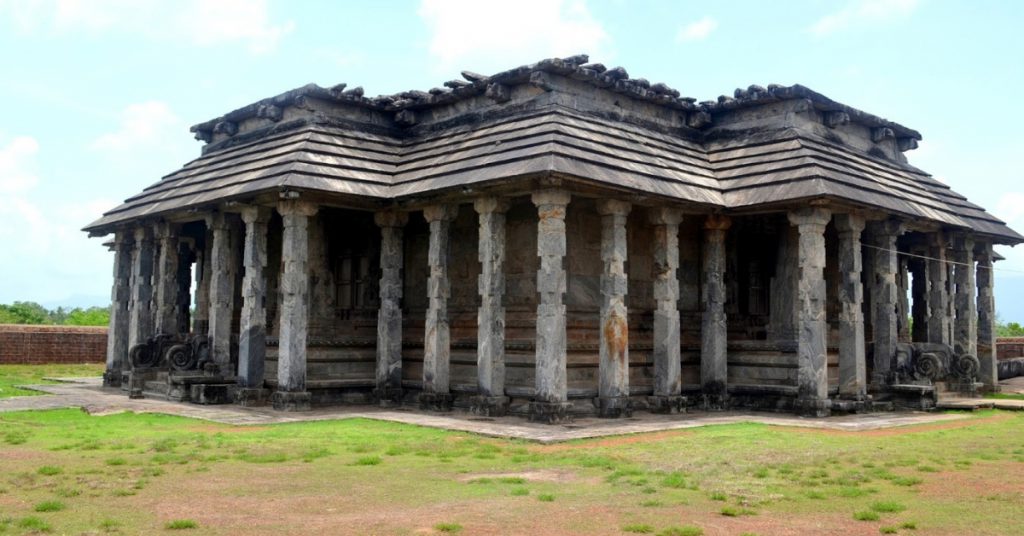
This basadi dates back to 1200 years, constructed during the reign of Varanga Raya. Also called as the Here basadi (Big Temple), it houses the 24 Tirthankaras and lies opposite the Lake Temple across a small field. Set in a large enclosure surrounded by high walls and with two entrances, the east-facing temple is still functional, with continuing active worship and religious rituals. The 5-feet tall black statue of Lord Neminatha, the 22nd Tirthankara in Padmasana position seated on a Kamala Peeta (Lotus Seat) is reputed to be the main attraction of this temple. There is also a small shrine dedicated to a Kshetra Pala or guardian deity, outside the temple and a tall Manasthamba or pillar.
Chandranath Basadi
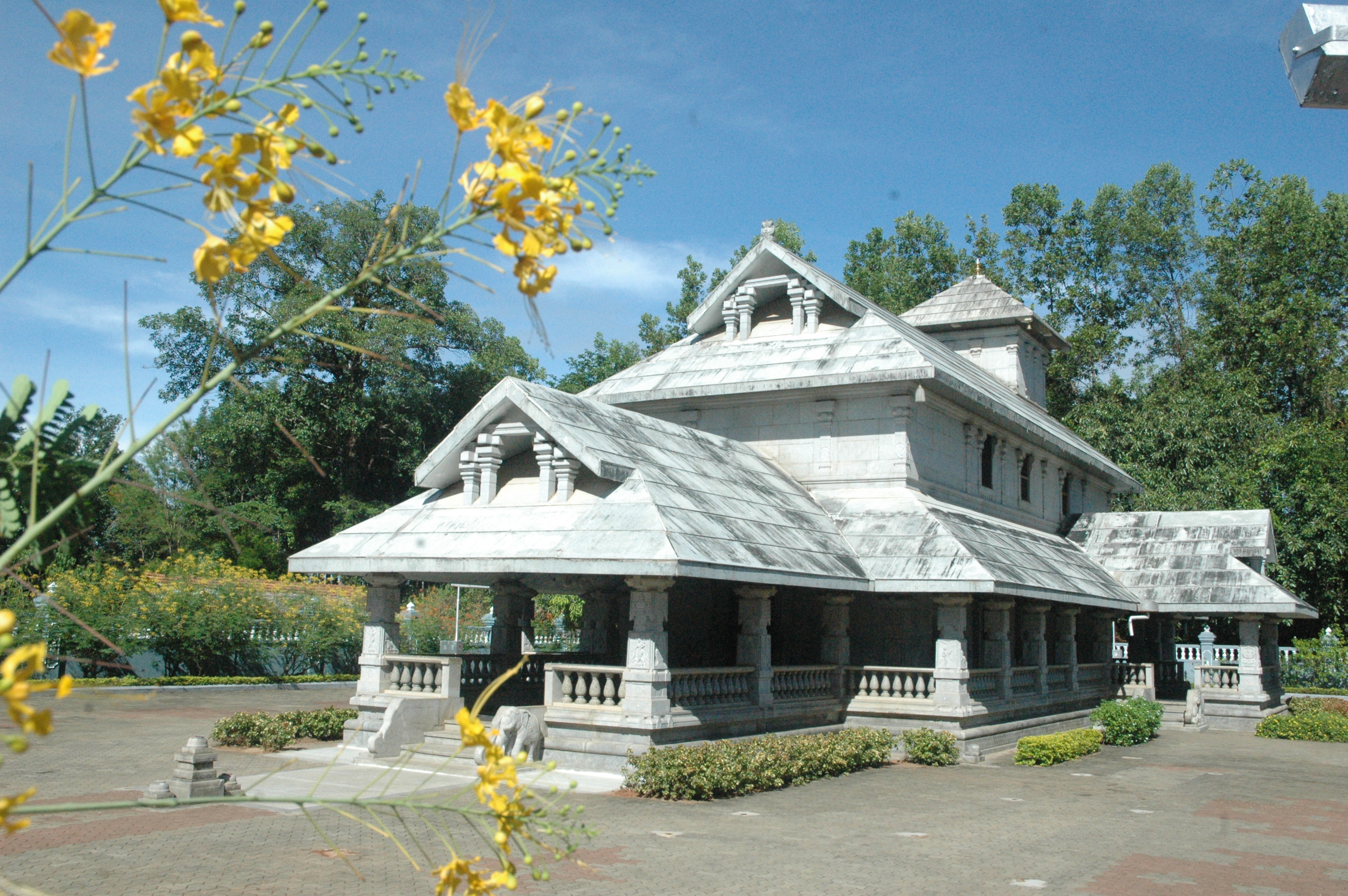
This basadi is also called the Matada Basadi as it houses the Jain Mutt. The main deity is Chandraprabha and the idol of this deity is 1000 years old!
Having been astounded by the beauty of the Varanga Jain Basadis, I drove on to Karkala. At a distance of a little over 60 kilometers from Mangalore and very close to Udupi, Karkala is an important Jain pilgrimage site and lies near the Western Ghats. It is a major junction for tourists due to its location along the way to Hebri, Kalasa, Udipi and Dharmasthala.
The town has a number of historical and religious landmarks of which the Gomateshwara Statue and the Chaturmukha basadi are amongst the well-known.
Gomateshwara Statue, Karkala

The Gomateshwara hill in Karkala features the 42 feet high monolithic statue of Bahubali, well known as Gomateshwara. The nearly 583 year old monolith, built in 1432 CE, is the second largest monolith of Gomateshwara , the largest being the one at Shravanabelagola. A Maha Masthakaabhisheka is held every 12 years during which the statue is bathed with saffron paste, milk and water. As you climb the steps to the top of the Gomateshwara hill, sweeping views of Karkala and the breathtaking Chaturmukha basadi will be visible at a distance. Spend some time here and take in the view!
Chaturmukha Basadi, Karkala

Built sometime in the 15th century, the construction of this basadi is attributed to more than one person. Constructed entirely of granite, the temple has 4 identical doorways in the north, south, east and west and they all lead into the Garbhagriha, or sanctum sanctorum. The passages around the Garbhagriha feature 108 stone pillars. Each of these 18-feet pillars have been carved out from single granite blocks and feature intricate carvings. The Chaturmukha basadi stands on a raised stone platform with solid granite slabs as its roof. This is probably the most popular Jain basadi in Karnataka and is protected by the Archaeological Survey of India.
From Karkala, I drove on to Moodabidri, which is known for its 18 Jain temples. However, as I did not have the time to see each one, I chose to visit the most iconic one of them all!
Saavira Kambada Basadi, Moodabidri
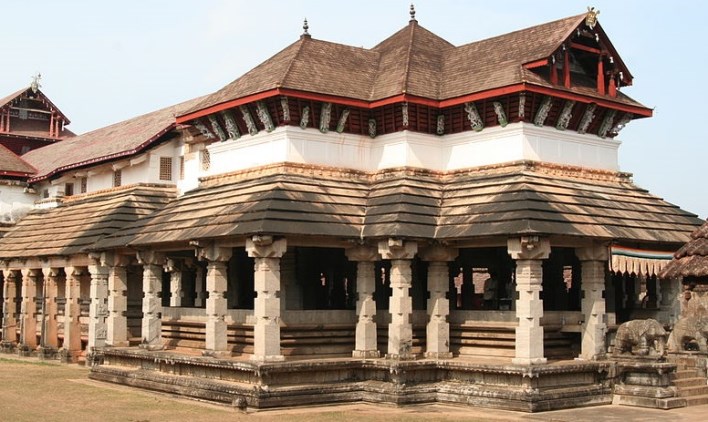
Saavira Kambada basadi (1000 pillar temple), a 3-storeyed Jain temple in Moodabidri, Karnataka, built in 1430, is well known across the world because of its remarkable pillars that are an integral part of the temple. The temple boasts of many mantapas, each one supported by these pillars. Every pillar is unique, even the figures carved on them, each narrating a story. The inner sanctum of the temple has a tall statue of Chandranatha – a real treat for the eyes. The temple is also known as the Tribhuvana Tilaka Chudamani basadi or the crown jewel of the three worlds. As you walk into the complex and take your first look at the temple, you will know why!
Getting there:
The temples listed in this article covering Varanga, Karkala and Moodabidri can be covered in a day from Mangalore, Udupi or Manipal. However, there are many more gems to be discovered in this circuit. To do that, I would recommend an overnight stay in either Udupi or Karkala.
